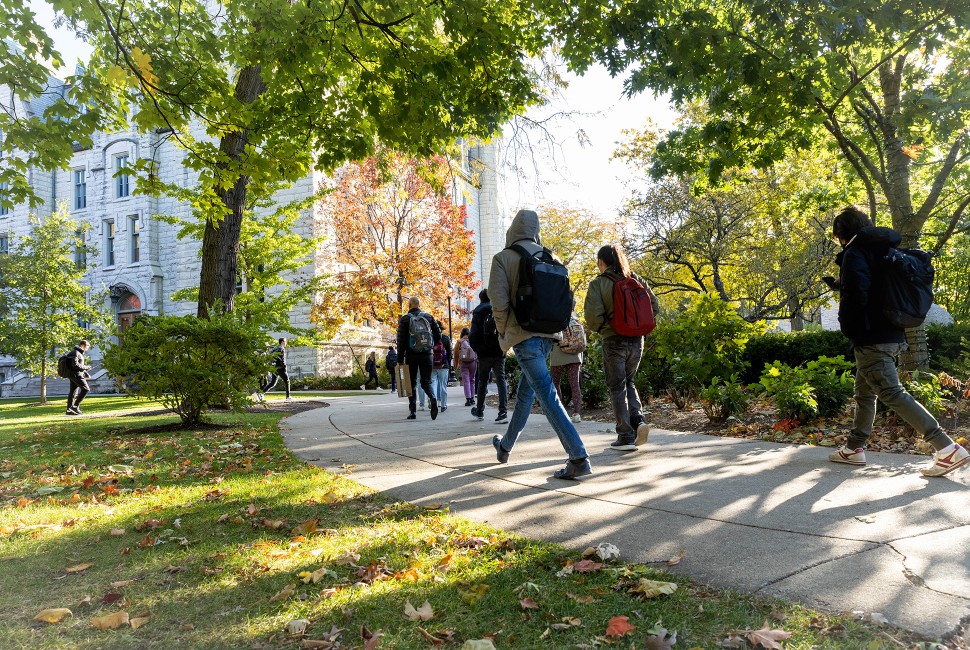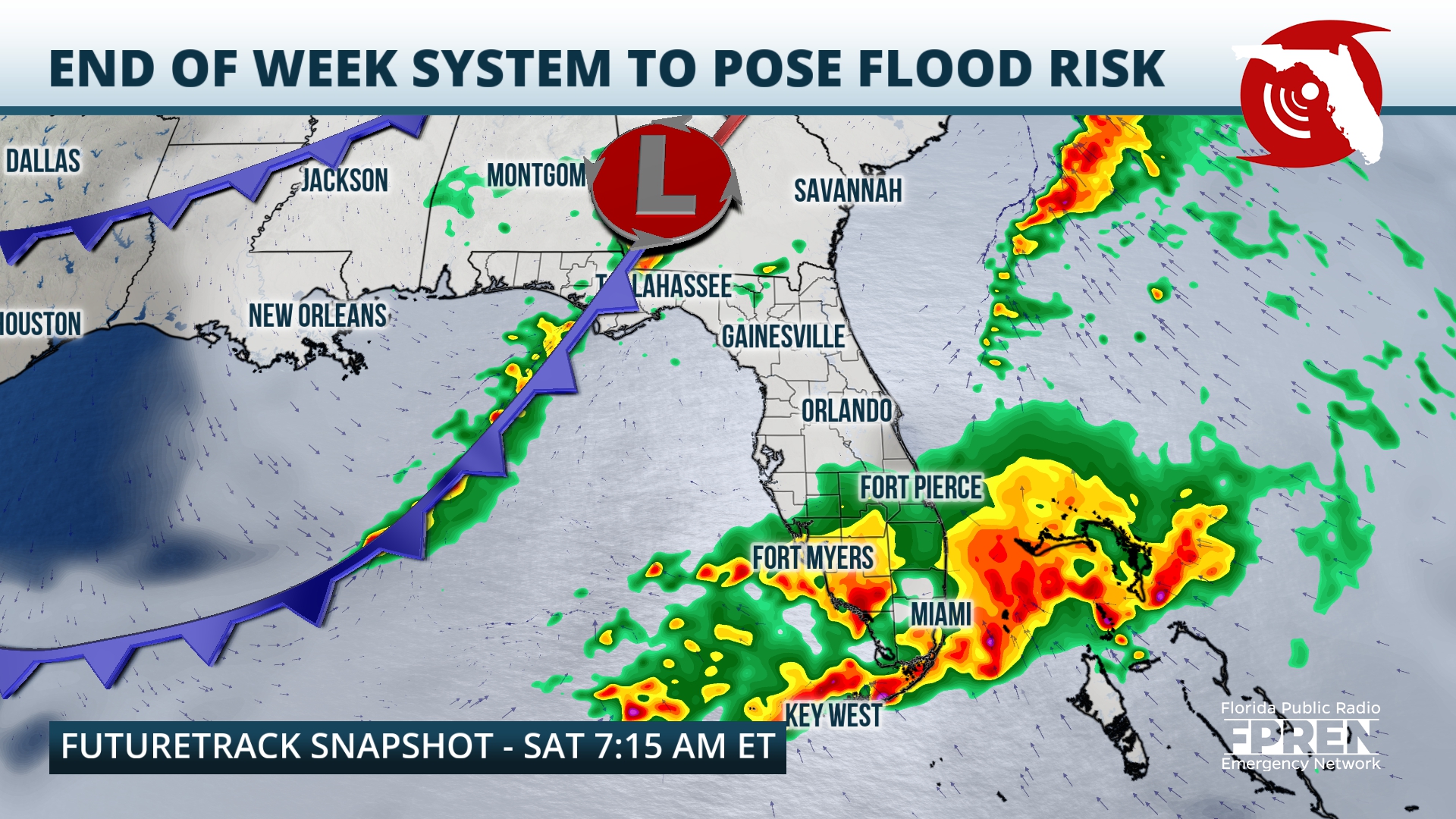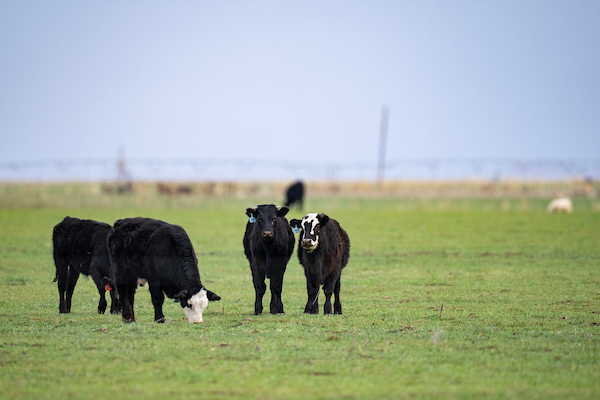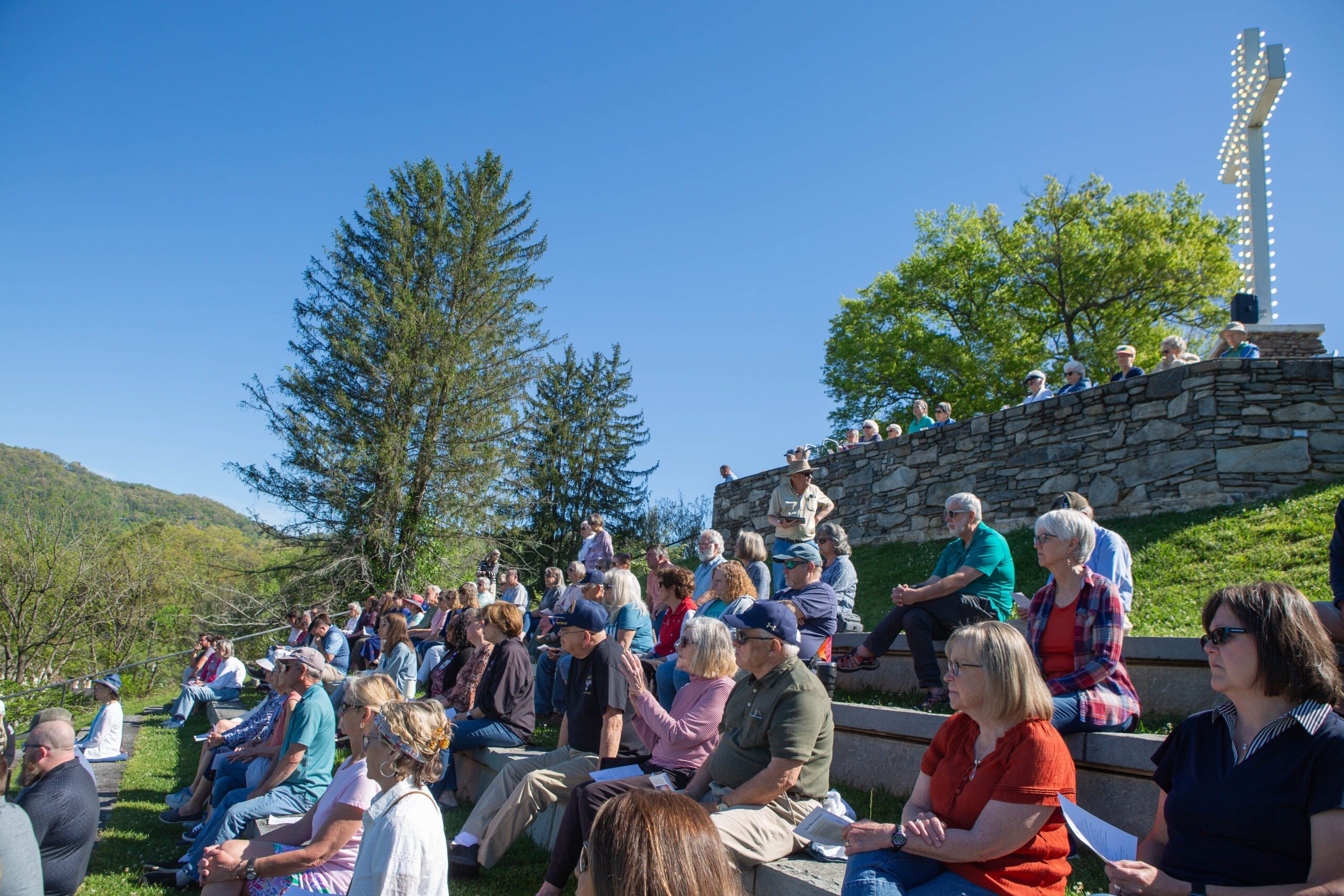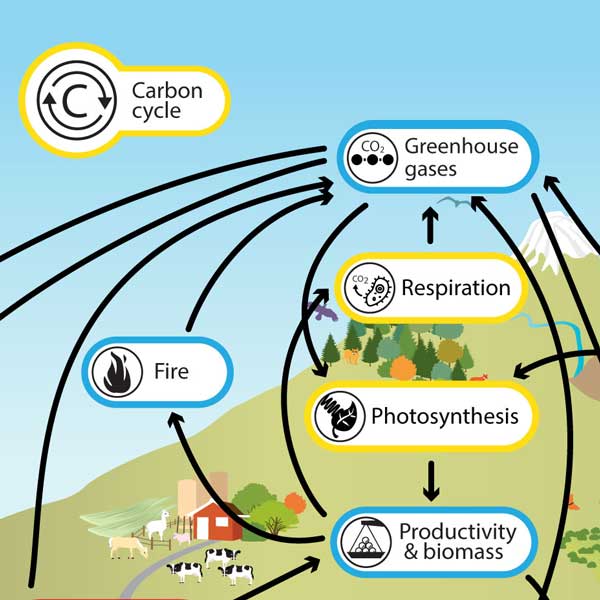Report on Canopy Biodiversity in Panamanian Forest Fragments and Implications for Sustainable Development Goals
1.0 Introduction and Research Context
A research initiative conducted by David “Max” Jones of Northwestern University’s Weinberg College of Arts and Sciences provides critical data on the biodiversity within fragmented rainforest canopies in Panama. This study, undertaken for a master’s thesis in plant biology and conservation, directly informs several United Nations Sustainable Development Goals (SDGs), particularly those concerning terrestrial ecosystems and biodiversity.
- The research was conducted in collaboration with the Max Planck Institute of Animal Behavior and the Smithsonian Tropical Research Institute, exemplifying SDG 17 (Partnerships for the Goals) through international scientific cooperation.
- The study focuses on the ecological value of forest fragments remaining after land conversion for agriculture, a critical issue for sustainable land management.
2.0 Research Objectives and Alignment with SDG 15 (Life on Land)
The primary objective was to investigate the presence and diversity of arboreal animal species in the canopies of isolated forest fragments. This research is fundamentally aligned with SDG 15 (Life on Land), which aims to protect, restore, and promote the sustainable use of terrestrial ecosystems and halt biodiversity loss.
- To survey wildlife populations in the upper canopy, a previously understudied habitat within fragmented forests.
- To assess the conservation value of small, isolated forest patches maintained by farmers in the Panama Canal watershed.
- To generate baseline data that can inform conservation strategies and land-use policies to better protect biodiversity in human-modified landscapes.
3.0 Methodology
The research employed a comparative field study approach, utilizing modern technology to gather data from difficult-to-access environments.
- Wildlife cameras were strategically placed high in the canopies of trees, up to 60 feet above the ground, requiring specialized tree-climbing skills.
- Monitoring sites were established in both fragmented forest areas on agricultural land and in larger, protected forests to provide a comparative analysis.
- Data collection involved retrieving photographic evidence periodically to identify the species utilizing the canopy habitat.
4.0 Key Findings: Biodiversity in Fragmented Habitats
The preliminary analysis of the collected data revealed a significantly higher level of biodiversity in the fragmented canopies than anticipated. These findings challenge the assumption that small, isolated forest patches have low conservation value.
- A wide array of species was documented, including common animals like howler monkeys and elusive species such as the jaguarundi wildcat.
- The results indicate that these small forest fragments are vital for supporting a substantial amount of biodiversity, acting as crucial refuges in agricultural landscapes.
- This evidence directly supports the targets of SDG 15 by demonstrating the importance of protecting all remaining forest habitats to prevent further biodiversity loss.
5.0 Implications for Global Sustainable Development
The conclusions drawn from this research have significant implications for global conservation efforts and policy-making related to sustainable development.
- Contribution to SDG 15 (Life on Land): The study provides a compelling argument for the protection of all forest areas, regardless of size. It highlights that even small, patchy arrangements of forest are critical for supporting biodiversity and should be integrated into national and global conservation strategies.
- Relevance to SDG 13 (Climate Action): By affirming the ecological vitality of forest fragments, the research implicitly supports their protection as carbon sinks, which is essential for mitigating climate change.
- Informing SDG 11 (Sustainable Cities and Communities): The findings advocate for arranging landscapes to be more “wildlife friendly,” a principle that can be applied to sustainable land-use planning to create a more harmonious coexistence between human development and nature.
Analysis of Sustainable Development Goals in the Article
-
Which SDGs are addressed or connected to the issues highlighted in the article?
The article primarily addresses issues related to Sustainable Development Goal 15 (Life on Land), with strong connections to SDG 6 (Clean Water and Sanitation) and implicit links to SDG 13 (Climate Action).
- SDG 15 (Life on Land): The core of the article focuses on the study of biodiversity within Panamanian rainforest fragments. It discusses the conservation of terrestrial ecosystems, the impact of deforestation for agriculture (“cow pastures and pineapple plantations”), and the surprising value of small forest patches in supporting wildlife, which is a direct call to halt biodiversity loss and protect forests.
- SDG 6 (Clean Water and Sanitation): The article explicitly mentions that the research takes place in the “Panama Canal watershed” where the “Panama Canal Authority pays farmers to maintain a certain percentage of forest cover” to “maintain the canal’s levels.” This directly links the protection of forest ecosystems to the management and preservation of water resources.
- SDG 13 (Climate Action): While not explicitly mentioned, the article’s central message to “protect every last square inch of forest” is fundamental to climate action. Forests are critical carbon sinks, and preventing deforestation and protecting existing forests are key strategies for mitigating climate change.
-
What specific targets under those SDGs can be identified based on the article’s content?
Several specific SDG targets can be identified from the research and issues described in the article:
- Target 15.1: By 2020, ensure the conservation, restoration and sustainable use of terrestrial and inland freshwater ecosystems and their services, in particular forests… The research itself, which aims to understand the “conservation value of the habitat” in forest fragments, directly supports this target.
- Target 15.2: By 2020, promote the implementation of sustainable management of all types of forests, halt deforestation, restore degraded forests and substantially increase afforestation and reforestation globally. The article’s focus on forest fragments created by deforestation and the concluding call to “protect every last square inch of forest” aligns with the goal of halting deforestation.
- Target 15.5: Take urgent and significant action to reduce the degradation of natural habitats, halt the loss of biodiversity and, by 2020, protect and prevent the extinction of threatened species. The discovery that small forest fragments are “supporting an incredible amount of biodiversity,” including elusive species like the jaguarundi, underscores the importance of protecting these habitats to halt biodiversity loss.
- Target 6.6: By 2020, protect and restore water-related ecosystems, including mountains, forests, wetlands, rivers, aquifers and lakes. The article highlights a real-world application of this target through the Panama Canal Authority’s policy of incentivizing forest conservation to protect the watershed and maintain water levels for the canal.
-
Are there any indicators mentioned or implied in the article that can be used to measure progress towards the identified targets?
The article implies several indicators that could be used to measure progress:
- Indicator 15.1.1 (Forest area as a proportion of total land area): This is directly implied by the discussion of “forest fragments,” the “mosaic of stands of trees,” and the policy where the Panama Canal Authority requires farmers to “maintain a certain percentage of forest cover on their land.” Measuring this percentage is a direct application of the indicator.
- Indicator related to Biodiversity (e.g., 15.5.1 Red List Index): The research involves using wildlife cameras to conduct an “introductory survey of the treetops’ residents.” The findings of “an abundance of life” and “way more species…than we ever would’ve dreamed” are qualitative measures of biodiversity. This data collection on species presence and variety is a foundational step for quantitative indicators like the Red List Index, which tracks the conservation status of species.
- Indicator 6.6.1 (Change in the extent of water-related ecosystems over time): The article’s focus on maintaining forest cover within the Panama Canal watershed directly relates to this indicator. The success of the Canal Authority’s policy could be measured by tracking the extent of the forest ecosystem over time to ensure the stability of the water supply.
-
Create a table with three columns titled ‘SDGs, Targets and Indicators” to present the findings from analyzing the article. In this table, list the Sustainable Development Goals (SDGs), their corresponding targets, and the specific indicators identified in the article.
SDGs Targets Indicators SDG 15: Life on Land - 15.1: Ensure conservation and sustainable use of terrestrial ecosystems, especially forests.
- 15.2: Promote sustainable forest management and halt deforestation.
- 15.5: Halt biodiversity loss and protect threatened species.
- 15.1.1 (Forest area as a proportion of total land area): Implied by the policy to “maintain a certain percentage of forest cover.”
- Species abundance and diversity: Implied by the camera trap survey results showing “an incredible amount of biodiversity” (e.g., howler monkeys, jaguarundi).
SDG 6: Clean Water and Sanitation - 6.6: Protect and restore water-related ecosystems, including forests.
- 6.6.1 (Change in the extent of water-related ecosystems over time): Implied by the practice of maintaining forest cover in the Panama Canal watershed to preserve water levels.
SDG 13: Climate Action - 13.2: Integrate climate change measures into national policies, strategies and planning.
- Forest Cover as a Climate Measure: The call to “protect every last square inch of forest” is an implicit indicator of climate action, as forest protection is a key mitigation strategy.
Source: news.northwestern.edu
